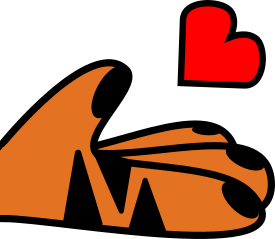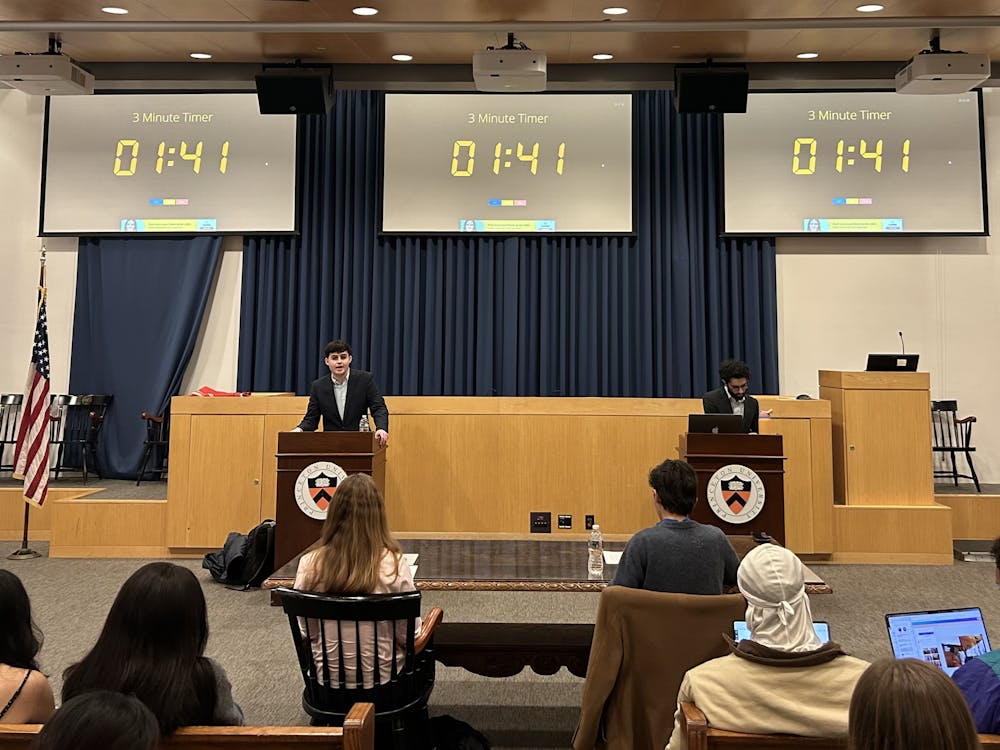As befits my position as the family tech person, I offered a technical solution: put the entire collection on a single iPod. There would enough room for whatever we might add for the rest of our lives, and it wouldn't take any space at all. I don't think my wife was convinced, but nevertheless I went to the online Apple store to see what might be available.
Under "refurbished iPods," I discovered a range of options from a one GB Shuffle with "up to 12 hours of music playback" to a 160 GB Classic with "up to 40 hours". This looked strange. If a one GB device gives me 12 hours, presumably a 160 GB device would give me about 160 times as much, or nearly 2,000 hours. I own a Shuffle and it does hold roughly what Apple says it does. So how did Apple come up with that number for the big iPod? The answer, of course, is that they're talking about playing time, not memory capacity. I totally misinterpreted because I was fixated on getting enough gigabytes and not thinking about time at all.
We are surrounded by so many numbers from so many sources that we don't even notice most of them, let alone think about them critically. It's only when something flagrant appears, or when we're forced into careful study, that we pay much attention.
The "Corrections" column in The New York Times is mostly devoted to repairing names and quotations, but it often has numeric gaffes to report as well. Sometimes the issue is analogous to my error of using the wrong units. For instance, on March 13: "Americans used 3.395 billion barrels of gasoline [in 2007], not 3.395 billion gallons." A barrel of oil is 42 gallons, so that's significant. On April 10 we learned that Mexico's daily oil production last year dropped "to about 3.1 million (not billion) barrels a day." Such errors, off by a factor of a thousand, are surprisingly common, perhaps because no one has much intuitive feel for large numbers, and words like "billion" and "trillion" have come to mean just "big" and "really big."
Greekoid prefixes like giga and tera, though familiar from our techno gadgets, are just as metaphorical to most people, and further-out ones like peta are even worse. The Times printed another correction on March 25, noting that a petaflop is "a thousand trillion instructions per second, not a million trillion."
It's often said that if we all used scientific notation, these problems would go away; after all, no one would confuse 10 to the 15th power (10 with a superscript 15, or sometimes 10^15) and 10 to the 18th, and we wouldn't need compounds like "million trillion." Having covered this topic in class for some years now, I'm skeptical. And we would still have typographical problems: A story in the Times' Sunday magazine last December talked about 10 to the 50th chess positions, which is a truly huge number, but it appeared as 1050 in the online version.
At least numbers like "a petaflop" are round. One of my pet peeves is numbers that are speciously precise, since they almost always indicate that whoever produced the number wasn't thinking about it at all. For instance, on March 16, a Times story about mega-yachts, favorite toys of the super-rich, quoted the editor of a yachting magazine as saying "When a yacht is over 328 feet, it's so big that you lose the intimacy."
I move in a rather different social circle, so I don't have much experience with this kind of intimacy, or loss thereof. The thing that caught my eye was the length beyond which a yacht ceases to be intimate. Size clearly matters, but where does the oddly precise value 328 come from?

Once you've seen a few of these, it's pretty obvious: another kind of number numbness. Three hundred twenty eight feet is 100 meters. It's common journalistic practice to convert metric units into more familiar English units, but the conversion is often done blindly - whip out the calculator and write down whatever it says. The result is meaningless precision: the original ballpark figure of "a hundred meters" has become a pseudo-scientific "fact" with three "significant" figures.
This kind of numeric cluelessness is likely to be with us for a long time, though I'm trying to stamp it out locally. Meanwhile, if I had billion dollars, I wouldn't spend any of it on a yacht that was a hundred meters long, but I would definitely buy my wife an iPod with 160 gigabytes.
Brian Kernighan GS '69 is a professor in the Department of Computer Science and is a Forbes faculty adviser. He can be reached at bwk@princeton.edu.








